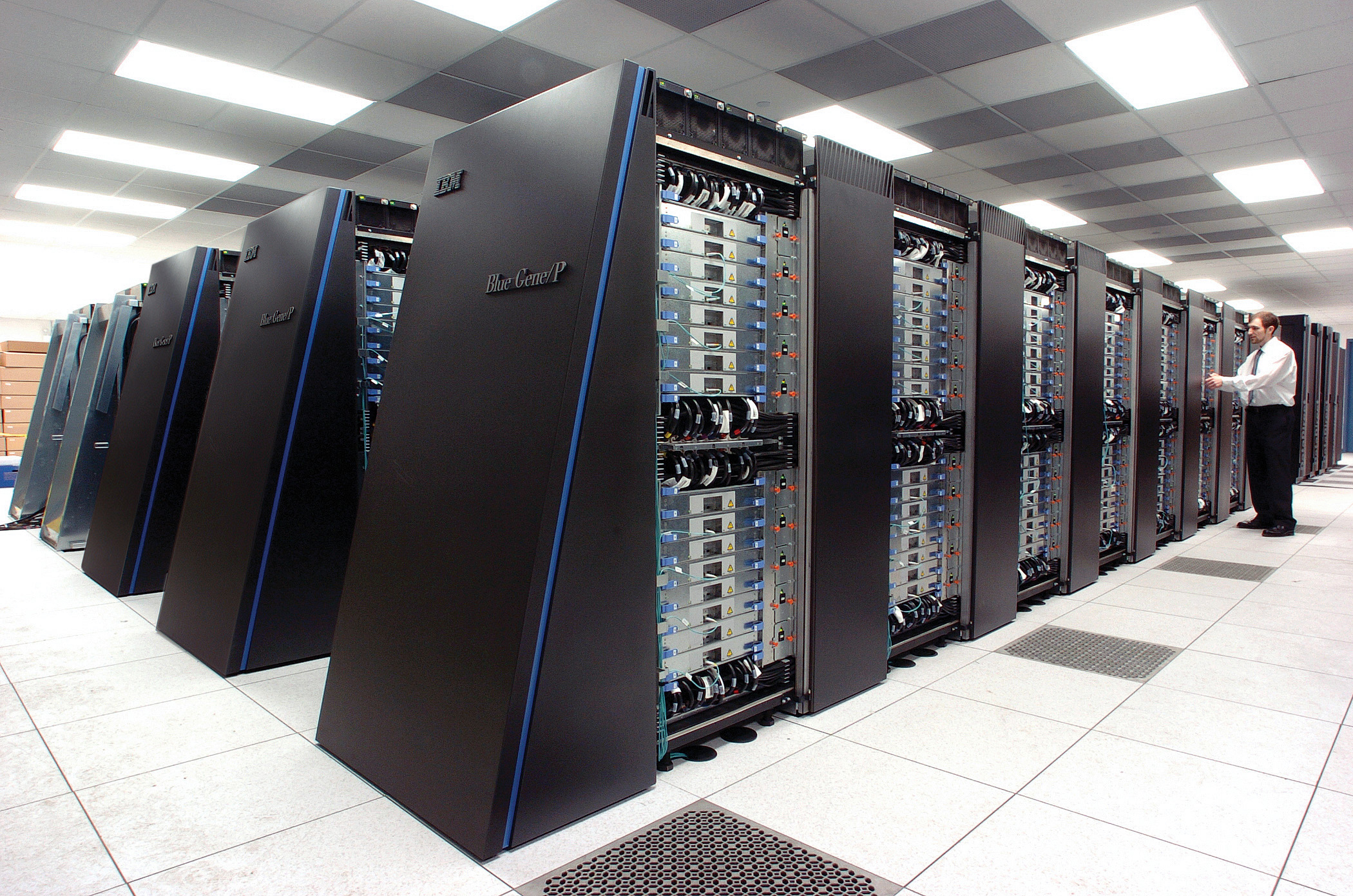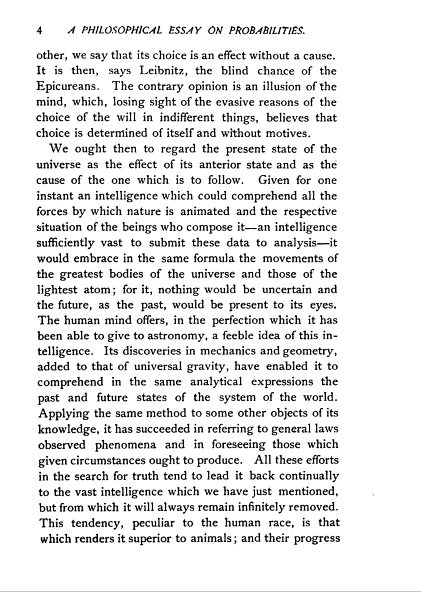Faith and AI
Faith and AI Event, St George’s House, Windsor
What is Machine Learning?
\[ \text{data} + \text{model} \xrightarrow{\text{compute}} \text{prediction}\]
- data : observations, could be actively or passively acquired (meta-data).
- model : assumptions, based on previous experience (other data! transfer learning etc), or beliefs about the regularities of the universe. Inductive bias.
- prediction : an action to be taken or a categorization or a quality score.
- Royal Society Report: Machine Learning: Power and Promise of Computers that Learn by Example
What is Machine Learning?
\[\text{data} + \text{model} \xrightarrow{\text{compute}} \text{prediction}\]
- To combine data with a model need:
- a prediction function \(\mappingFunction (\cdot)\) includes our beliefs about the regularities of the universe
- an objective function \(\errorFunction (\cdot)\) defines the cost of misprediction.
Machine Learning
- Driver of two different domains:
- Data Science: arises from the fact that we now capture data by happenstance.
- Artificial Intelligence: emulation of human behaviour.
- Connection: Internet of Things
Machine Learning
- Driver of two different domains:
- Data Science: arises from the fact that we now capture data by happenstance.
- Artificial Intelligence: emulation of human behaviour.
- Connection: Internet of
Things
Machine Learning
- Driver of two different domains:
- Data Science: arises from the fact that we now capture data by happenstance.
- Artificial Intelligence: emulation of human behaviour.
- Connection: Internet of People
What does Machine Learning do?
- ML Automates through Data
- Strongly related to statistics.
- Field underpins revolution in data science and AI
- With AI:
- logic, robotics, computer vision, speech
- With Data Science:
- databases, data mining, statistics, visualization
What does Machine Learning do?
- Automation scales by codifying processes and automating them.
- Need:
- Interconnected components
- Compatible components
- Early examples:
- cf Colt 45, Ford Model T
Codify Through Mathematical Functions
- How does machine learning work?
- Jumper (jersey/sweater) purchase with logistic regression
\[ \text{odds} = \frac{p(\text{bought})}{p(\text{not bought})} \]
\[ \log \text{odds} = \beta_0 + \beta_1 \text{age} + \beta_2 \text{latitude}.\]
Codify Through Mathematical Functions
- How does machine learning work?
- Jumper (jersey/sweater) purchase with logistic regression
\[ p(\text{bought}) = \sigmoid{\beta_0 + \beta_1 \text{age} + \beta_2 \text{latitude}}.\]
Codify Through Mathematical Functions
- How does machine learning work?
- Jumper (jersey/sweater) purchase with logistic regression
\[ p(\text{bought}) = \sigmoid{\boldsymbol{\beta}^\top \inputVector}.\]
Codify Through Mathematical Functions
- How does machine learning work?
- Jumper (jersey/sweater) purchase with logistic regression
\[ \dataScalar = \mappingFunction\left(\inputVector, \boldsymbol{\beta}\right).\]
We call \(\mappingFunction(\cdot)\) the prediction function.
Fit to Data
- Use an objective function
\[\errorFunction(\boldsymbol{\beta}, \dataMatrix, \inputMatrix)\]
- E.g. least squares \[\errorFunction(\boldsymbol{\beta}, \dataMatrix, \inputMatrix) = \sum_{i=1}^\numData \left(\dataScalar_i - \mappingFunction(\inputVector_i, \boldsymbol{\beta})\right)^2.\]
Two Components
- Prediction function, \(\mappingFunction(\cdot)\)
- Objective function, \(\errorFunction(\cdot)\)
Deep Learning
These are interpretable models: vital for disease modeling etc.
Modern machine learning methods are less interpretable
Example: face recognition
DeepFace
Outline of the DeepFace architecture. A front-end of a single convolution-pooling-convolution filtering on the rectified input, followed by three locally-connected layers and two fully-connected layers. Color illustrates feature maps produced at each layer. The net includes more than 120 million parameters, where more than 95% come from the local and fully connected.

Source: DeepFace (Taigman et al., 2014)
Deep Learning as Pinball

Embodiment Factors

|

|
|
| compute | \[\approx 100 \text{ gigaflops}\] | \[\approx 16 \text{ petaflops}\] |
| communicate | \[1 \text{ gigbit/s}\] | \[100 \text{ bit/s}\] |
| (compute/communicate) | \[10^{4}\] | \[10^{14}\] |
See “Living Together: Mind and Machine Intelligence” Lawrence (2017)



.
Evolved Relationship
Evolved Relationship
Societal Effects
- This phenomenon has already revolutionised biology.
- Large scale data acquisition and distribution.
- Transcriptomics, genomics, epigenomics, ‘rich phenomics’.
- Great promise for personalized health.
Societal Effects
- Automated decision making within the computer based only on the data.
- Subjective biases need to be better understood.
- Particularly important where treatments are being prescribed.
- Interventions could be far more subtle.
Societal Effects
- Shift in dynamic:
- from direct human-data to indirect human-computer-data
- modern data analysis is mediated by the machine
- This change of dynamics gives us the modern and emerging domain of data science
Human Communication

Heider and Simmel (1944)
Faith and AI
- Artificial Intelligence as Cartoon Religion
- Artificial Intelligence and Introspection
- Independence of thought and Control: A Systemic Catch 22
Singularianism: AI as Cartoon Religion
- Superintelligence as god
- Demi-god status achievable through transhumanism
- Immortality through uploading the connectome
- The day of judgement as the “singularity”



Singularians
- Removing the bandwidth limitation: removing our humanity?
{In Singularianism doomsday is the ‘technological singularity’, the moment at which computers rapidly outstrip our capabilities and take over our world. The high priests are the scientists, and the aim is to bring about the latter while restraining the former.
- Singularianism and religion equivalent to scientology and science?
You can read this
.
You can see a review of this book in this
Artificial Intelligence and Introspection
- Religion at its most powerful contextualizes us
- Creating artificial systems described as intelligence also contextualises us
The Artificial Plant
The Digital Catch 22

For a system to watch over us it first has to watch us
Dys-utopian View

|

|

Conclusion
- Overview of AI and ML
- Embodiment Factors
- Narrative as a mode of communication
- Relations between Faith and AI
Thanks!
- twitter: @lawrennd
- podcast: The Talking Machines
- newspaper: Guardian Profile Page
Blog post on What is Machine Learning?
Blog post on System Zero
Blog post on Singularianism
Blog post on Superintelligence (Bostrom, 2014)
References
Bostrom, N., 2014. Superintelligence: Paths, dangers, strategies, 1st ed. Oxford University Press, Oxford, UK.
Lawrence, N.D., 2017. Living together: Mind and machine intelligence. arXiv.
Taigman, Y., Yang, M., Ranzato, M., Wolf, L., 2014. DeepFace: Closing the gap to human-level performance in face verification, in: Proceedings of the IEEE Computer Society Conference on Computer Vision and Pattern Recognition. https://doi.org/10.1109/CVPR.2014.220